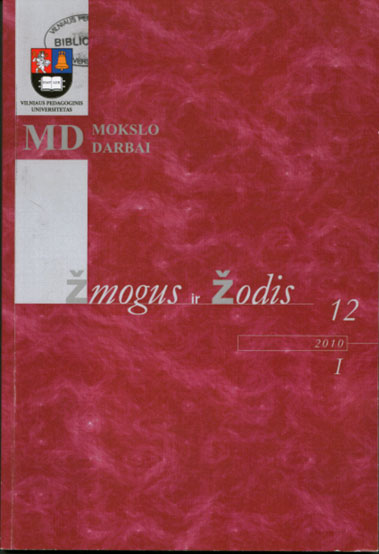Latviešu valodas balsīgo spraudzeņu troksneņu akustisks raksturojums
Acoustic Characteristics of Latvian Voiced Constrictive Consonants
Author(s): Solveiga ČeiraneSubject(s): Language and Literature Studies
Published by: Vytauto Didžiojo Universitetas
Keywords: fricative consonant; FFT spectrum, friction energy; frequency energy region.
Summary/Abstract: In this article, an overview about characteristic features of voiced constrictive consonants is given. The overview is based on analyzing reviews and surveys found in the theory, which is then compared with the material of the Latvian language. All consonants are examined in closed syllables in context of all Latvian short and long vowels. Each syllable starts and ends with the same consonant. For the analysis recordings of four informants are used. FFT spectra were made with software Praat for all Latvian voiced constrictive consonants, values of frequency were determined for highest peak in spectrum, which correspond to the strongest friction energy. Compared all spectra of voiced constrictive consonants, it can be concluded that FFT spectra of labiodental [v] with small friction energy are the lowest. FFT spectra of alveolar [ʒ] contain higher frequency energy regions than labiodental [v]. FFT spectra of palatal [j] have higher frequency energy regions than labiodental [v] and alveolar [ʒ], however, frequency energy zones overlap with alveolar [ʒ]. Palatal [j] F1 and F2 values correspond to values of vowel [i]. Dental [z] has FFT spectra of high energy. Labiodental [v] has the highest energy FFT spectra if [v] articulation contained a strong friction energy. Labiodental [v] F1 values correspond to F1 values of vowel [u]. F2 values differ because [v] articulation is highly affected by adjacent vowels.
Journal: Žmogus ir žodis
- Issue Year: 12/2010
- Issue No: 1
- Page Range: 14-19
- Page Count: 6
- Language: Latvian

